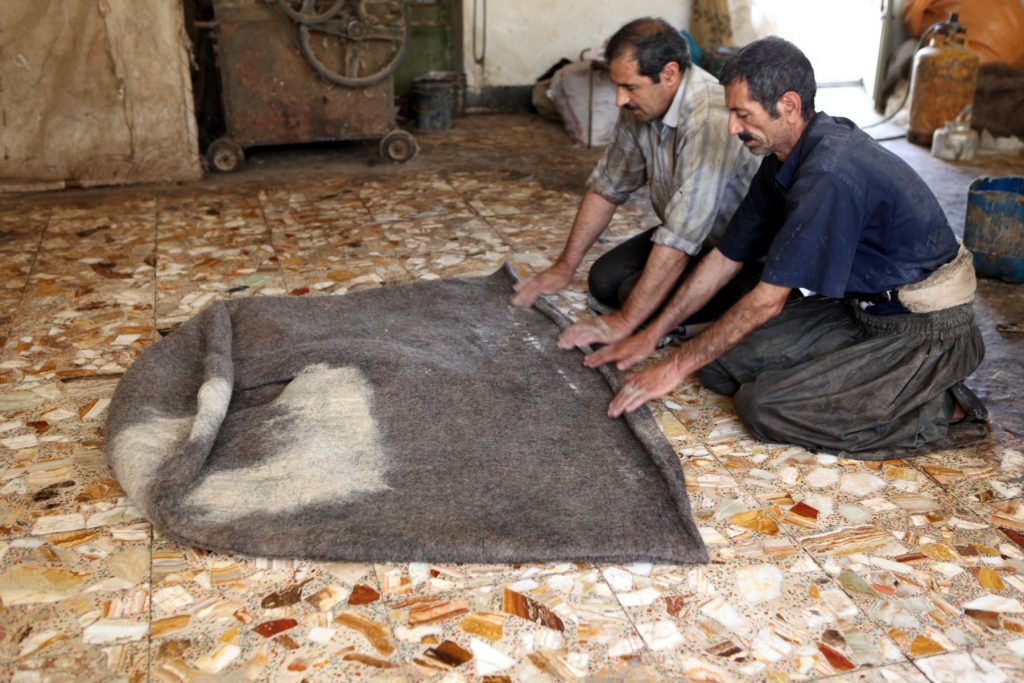
Making a felt robe for Bakhtiari shepherds. Source: https://www.flickr.com/photos/ninara/5869184572/in/set-72157624401124997, via Wikipedia
Why look into the history?
Place-based learning and action is important to me. In some ways, felting already offers up a lot of natural connections to place. For example, when I went to the store in Victoria to buy materials, the owner could tell me which farm on which Gulf Island different animal fibres came from. Pretty cool. But what about the history of felting? Have Indigenous people in this region felted?
Indigenous felting on the west coast
The short answer is… no. Some of the most technically challenging weaving techniques originate here (see Chilkat weaving), but as for simply rubbing animal fibres together… I could find no examples. Note: Researchers do acknowledge the challenge of preserving historical items made of animal fibre, especially in places that are not famous for being dry. I wonder if the absence of a felting history is because there weren’t huge herds of domesticated animals in the Pacific Northwest, which my reading indicates is important. Only animal fibres can be wet felted, whereas plant fibres (like cedar roots, commonly used here), can be woven. Perhaps when animal hairs were available, it made sense to apply the same or similar weaving techniques that were already in place for plant materials.

Chilkat blanket
Source: https://en.wikipedia.org/wiki/Textile_arts_of_indigenous_peoples_of_the_Americas#/media/File:Chilkat_blanket_univ_alaska_museum.jpg
The fur connection
Nevertheless, felting does touch Indigenous history and ongoing presence on the west coast of B.C., in the form of the fur trade. Fur traders ventured further and further into what is now called Canada to find furs to send back to Europe, particularly for felted hats. There is a lot of history and ecological consequence to delve into there, along with the historic trading networks among First Nations, including for items such as mountain goat hair.
All the places you could go with felting
In seeking an answer, I went down a bunch of Wikipedia rabbit roles (a favourite activity). There was a ton to look at connected to felting. Here is an outline with a bunch of topics and ideas that could be fleshed out in a cross-curricular way, with potential subject areas indicated.
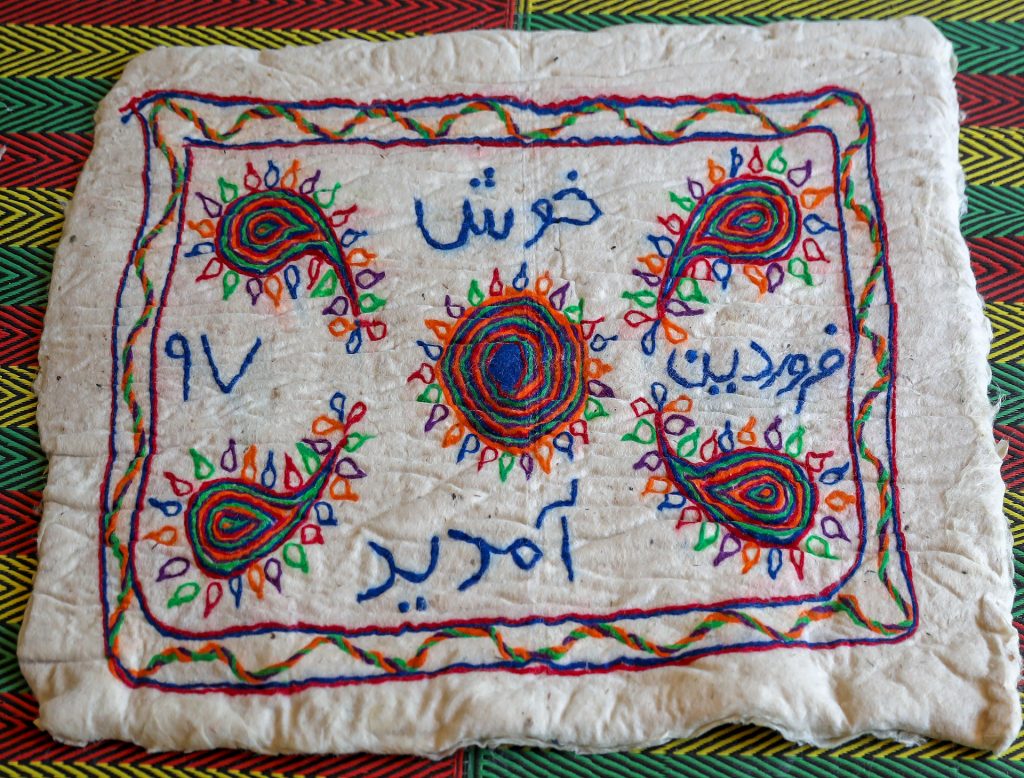
Felt in Maymand, Kerman Province, Iran
Source: https://en.wikipedia.org/wiki/Felt#/media/File:Felting_in_Maymand.jpg
- oldest known textile! (socials)
- fibres matted together – can be natural (animal hair) or synthetic (biology)
- still made for tents, clothing, and rugs by nomadic people, particularly in Central Asia (socials)
- appreciated for art making for its ecological consideration (art / science)
- Scottish women stomping on the felt with their feet, to a song that sets the pace (socials)
- The origin of ” to be on tenterhooks” (ELL)
- Later, by water mills (physics)
- Roman slaves worked the felt ankle deep in tubs of human urine (socials)
- Urine was taxed by a Roman emperor! (socials)
- Two theories on how wet felting works: scales on the hair fibres open and latch, OR fibres wind around each other (how do we not know this?) (physics)
- Needle felting uses a notched needle (not barbed) (textiles)
- Kawaii style from Japan – cute, basically (art)
- Felted hats from the 17th century on used mercury compound that made people sick (socials)
- “mad as a hatter”; see Lewis Carroll’s Alice in Wonderland (English)
- Felt used for cars, guns, casinos, and instruments (socials)
- Landscape and movable figures make for great storytelling tool for kids (elementary)
- Puppets! Muppets! (elementary)
- Joseph Beuys – famous contemporary artist who used felt (art)
- Top hats from beaver brings it home – fur trappers in Canada (socials)
- Felt drove a lot of the “exploration” of North America
- Underground felting and textile work, because early colonists were supposed to send raw products back to Europe, and import finished textiles. “One of the early acts of independence was to have the entire graduating class of Harvard appear in handspun, handwoven garments for their ceremony, instead of using imported English fabric for them!”
- Russian valenki boots (textiles)
- 2500 year old felt swan found in now northern Russia (socials – geography)
- “International Felt Conference” to work around Soviet-North America issues (socials)
- Interesting differences among places with domesticated animals (socials)
- Egypt, with sheep, didn’t felt
- Peru, with llamas and alpacas, didn’t felt
- Differences in the role of felt (socials)
- “Eliminate felt from Chinese, Greek, and Roman civilizations, and they would still remain what they are, not being in the least affected by this minus. Eliminate the same element from the life of the nomadic populations, and they would cease to exist, they would never have come into existence.”
- Places that rely on agriculture (raising crops) versus herds = Chinese frontier history
- Felt considered foreign and barbaric
- Religious and spiritual uses (e.g. cut out a figure of felt and keep it in a special box)
- Carpet weaving came from/after felting?
- Deterrent to snakes and scorpions? (biology?)
- Passing of ideas throughout history – so fascinating! (socials)
- “It is therefore probable that the Romanic nations received the knowledge of felt not from the ancient Romans, but from Germanic tribes early in the middle ages. The latter may have acquired the art from their eastern neighbors, the Slavs; and the Slavs derived their knowledge from Scytho-Siberian-Turkish peoples. The Russian word for felt, woilok, is a loan-word based on Turkish oilik (“that which serves as a cover”); the same word appears in Polish as wojlok.”
Sources
- Wikipedia: https://en.wikipedia.org/wiki/Felt
- The Early History of Felt, American Anthropologist: https://anthrosource.onlinelibrary.wiley.com/doi/pdf/10.1525/aa.1930.32.1.02a00020
- Feltmaking in North America and The International Connections: A Short Overview, by Patricia Spark: http://members.peak.org/~spark/SparkFeltmakingInNorthAmerica-ShortOverview.htm



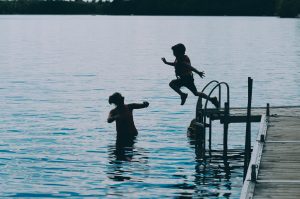
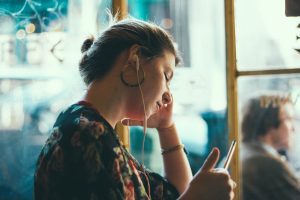
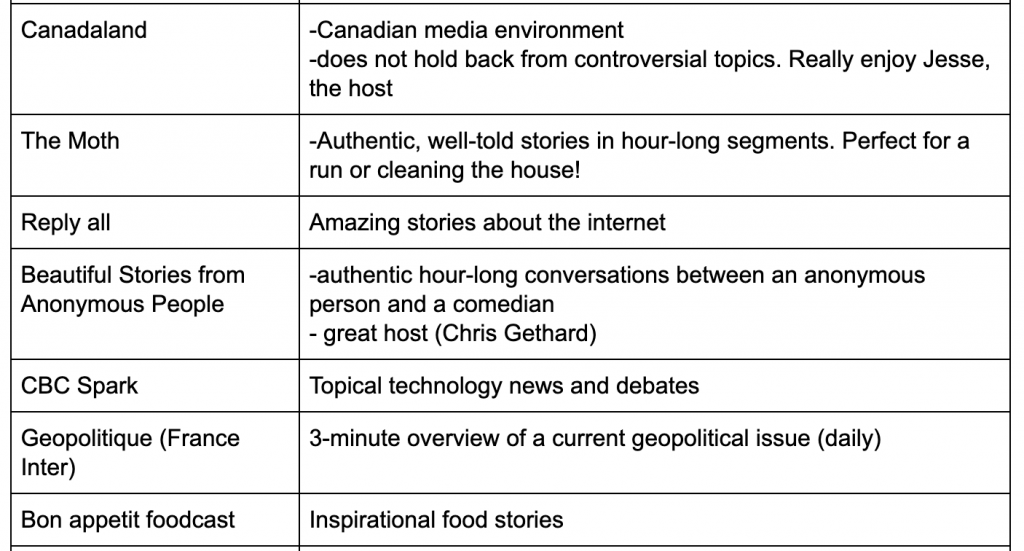
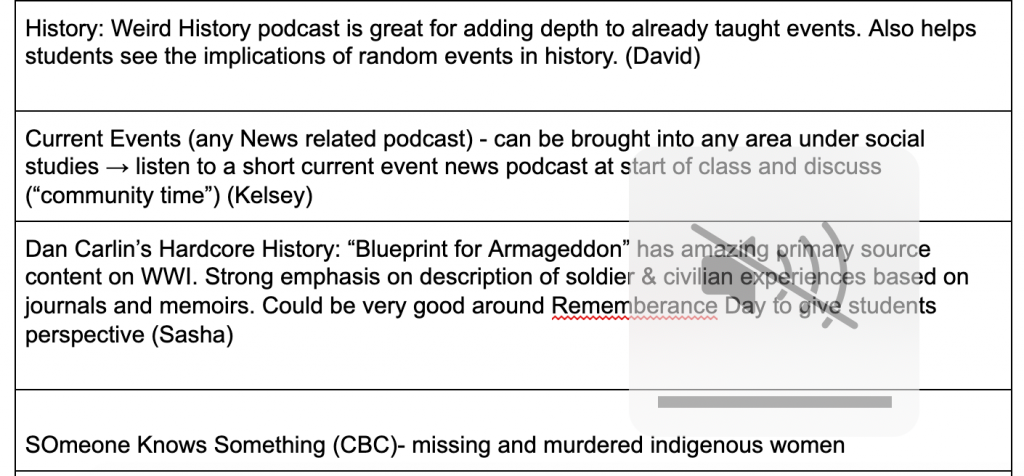
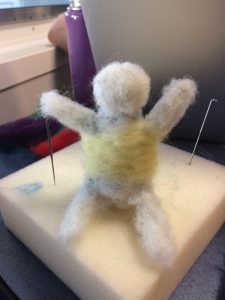 .
. 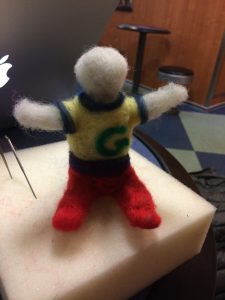


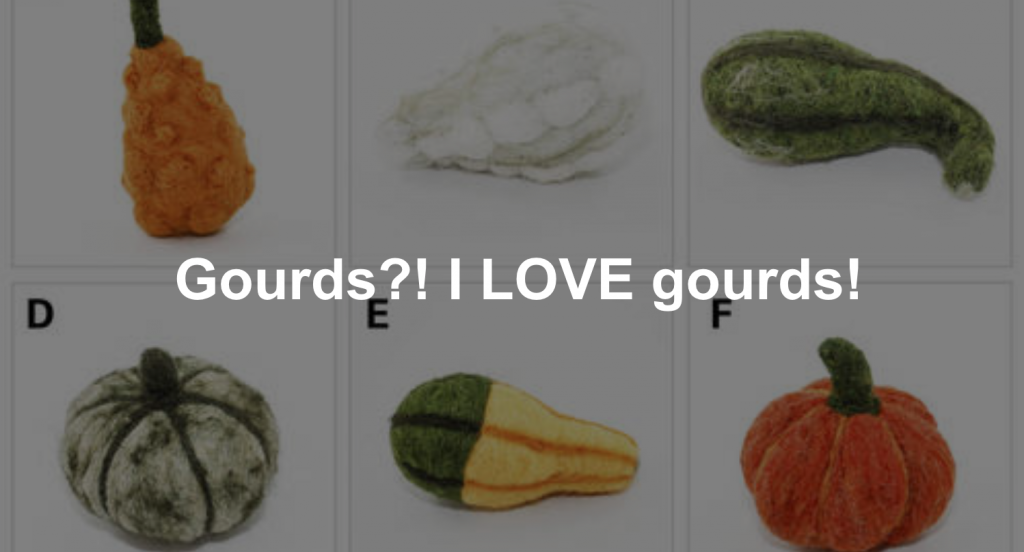
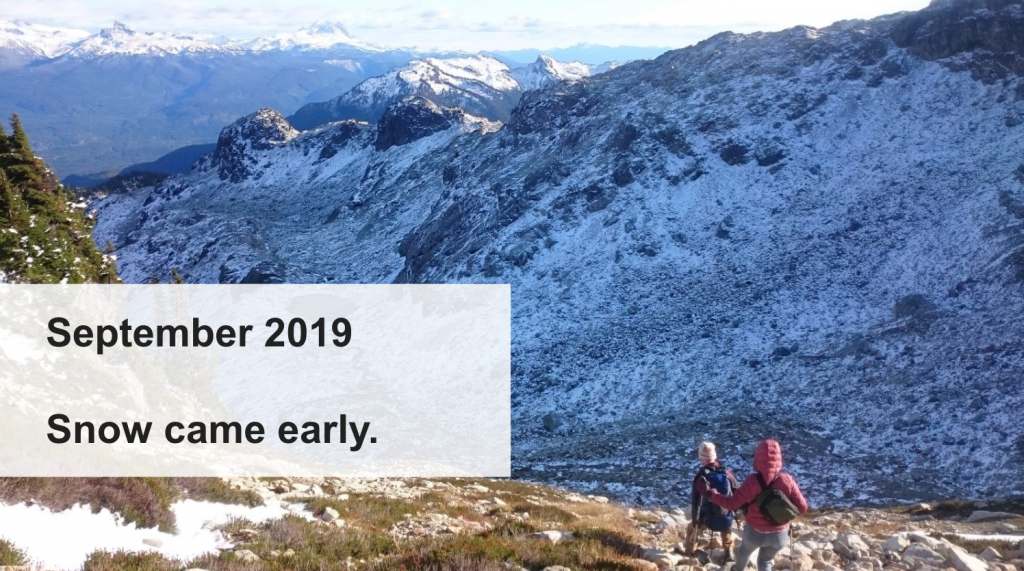

 .
. 
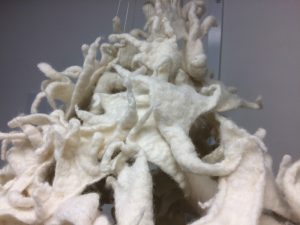
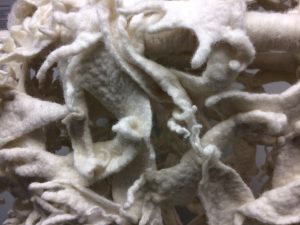
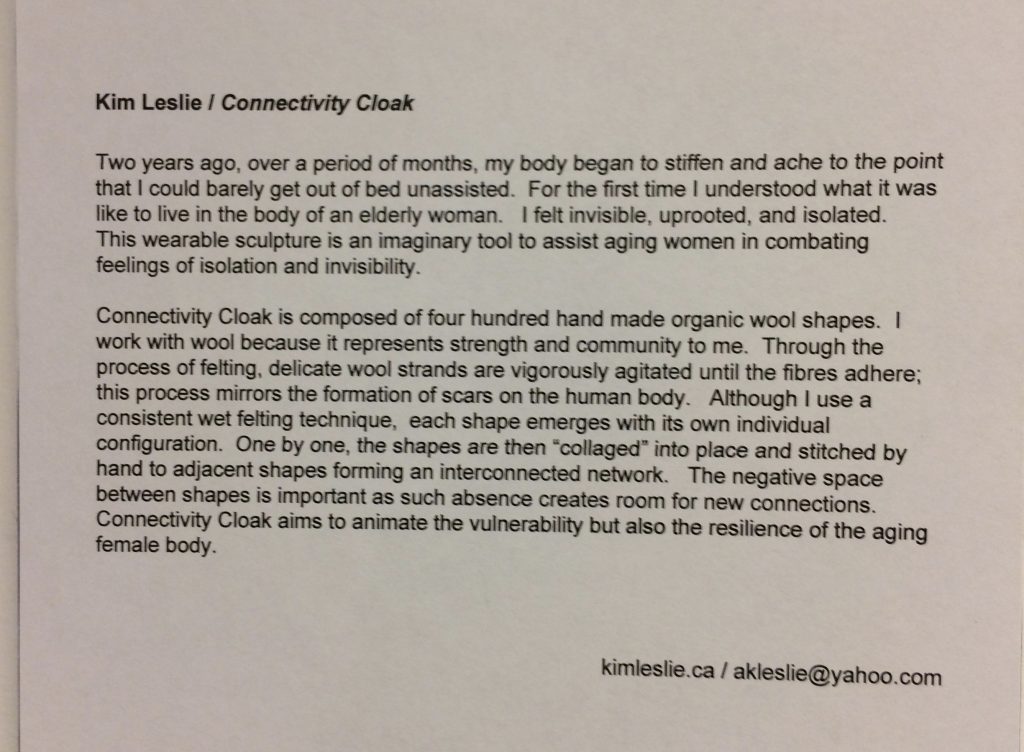
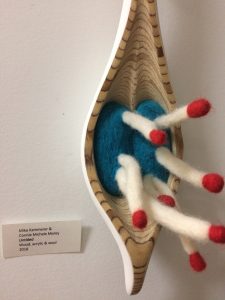
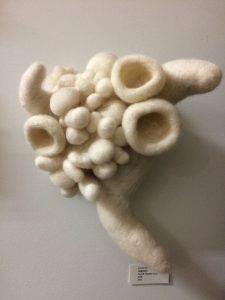

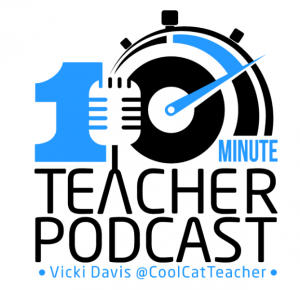




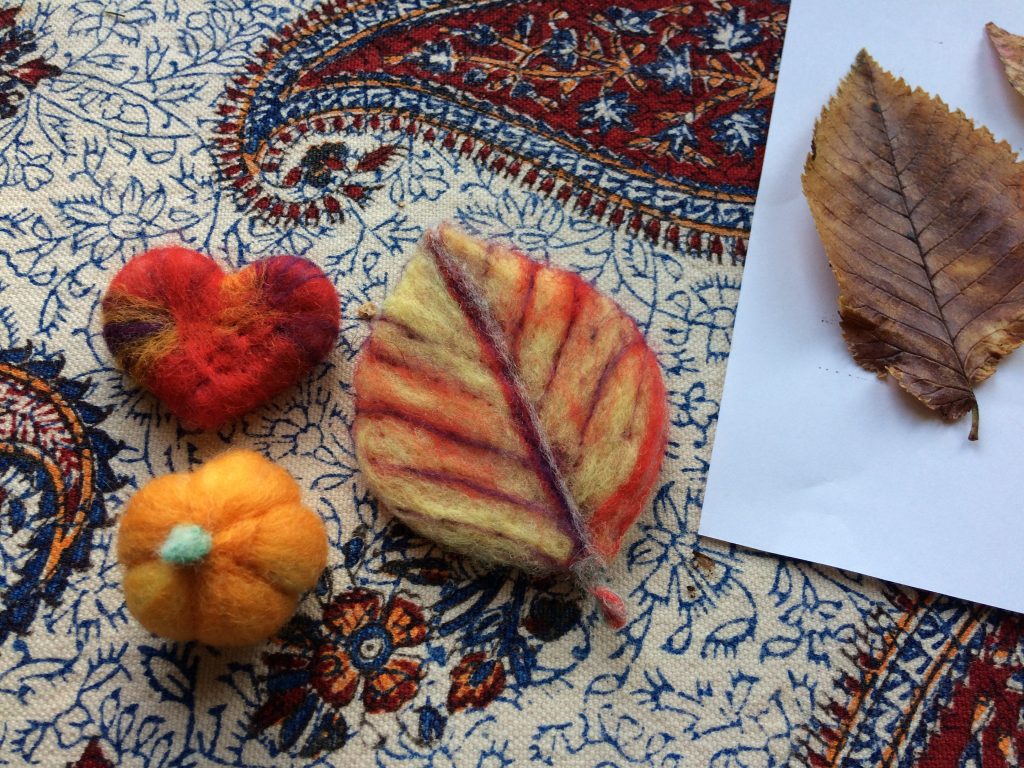
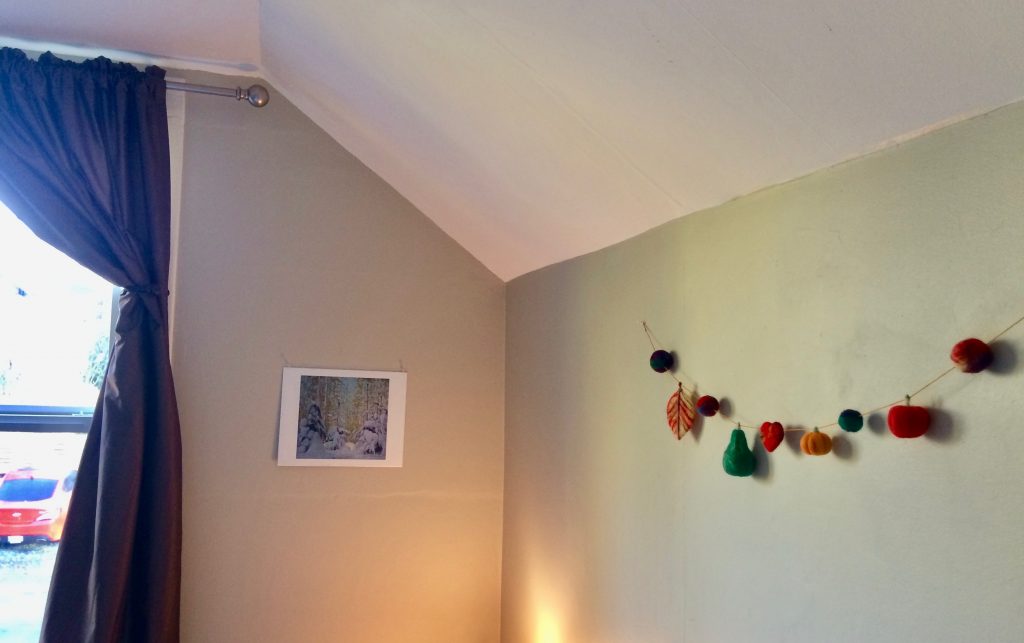
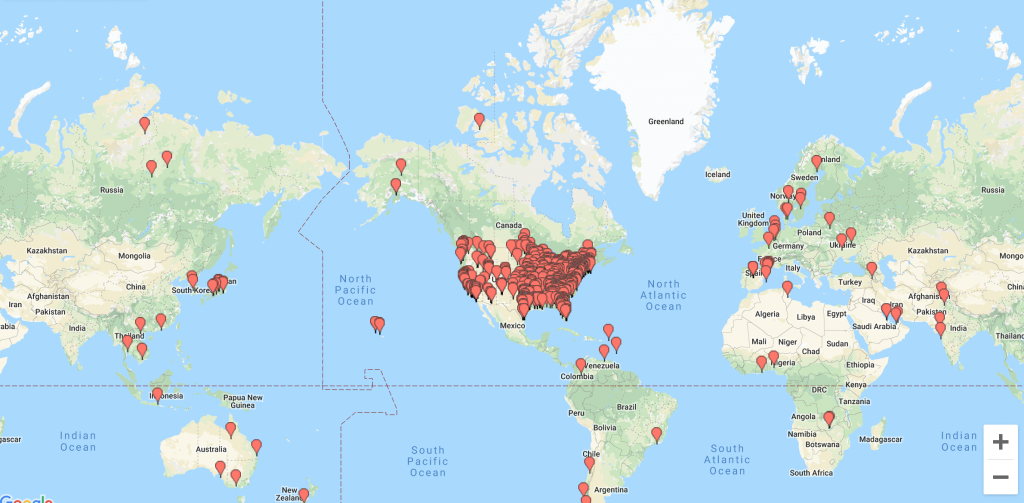
Recent Comments